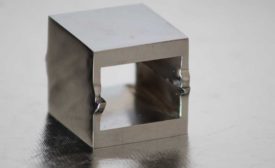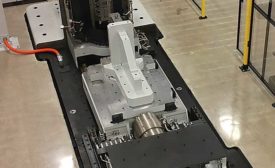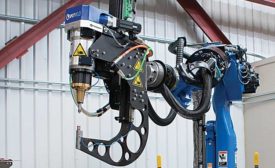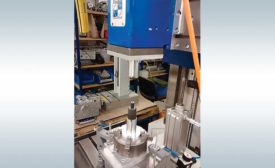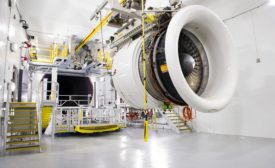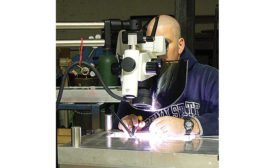Home » Keywords: » friction welding
Items Tagged with 'friction welding'
ARTICLES
Flexible Assembly Machine Combines Multiple Plastics Joining Processes
What if one machine could be configured to perform any friction-based welding process with a simple change of tooling?
September 12, 2017
Never miss the latest news and trends driving the manufacturing industry
Stay in the know on the latest assembly trends.
JOIN TODAY!Copyright ©2025. All Rights Reserved BNP Media.
Design, CMS, Hosting & Web Development :: ePublishing
